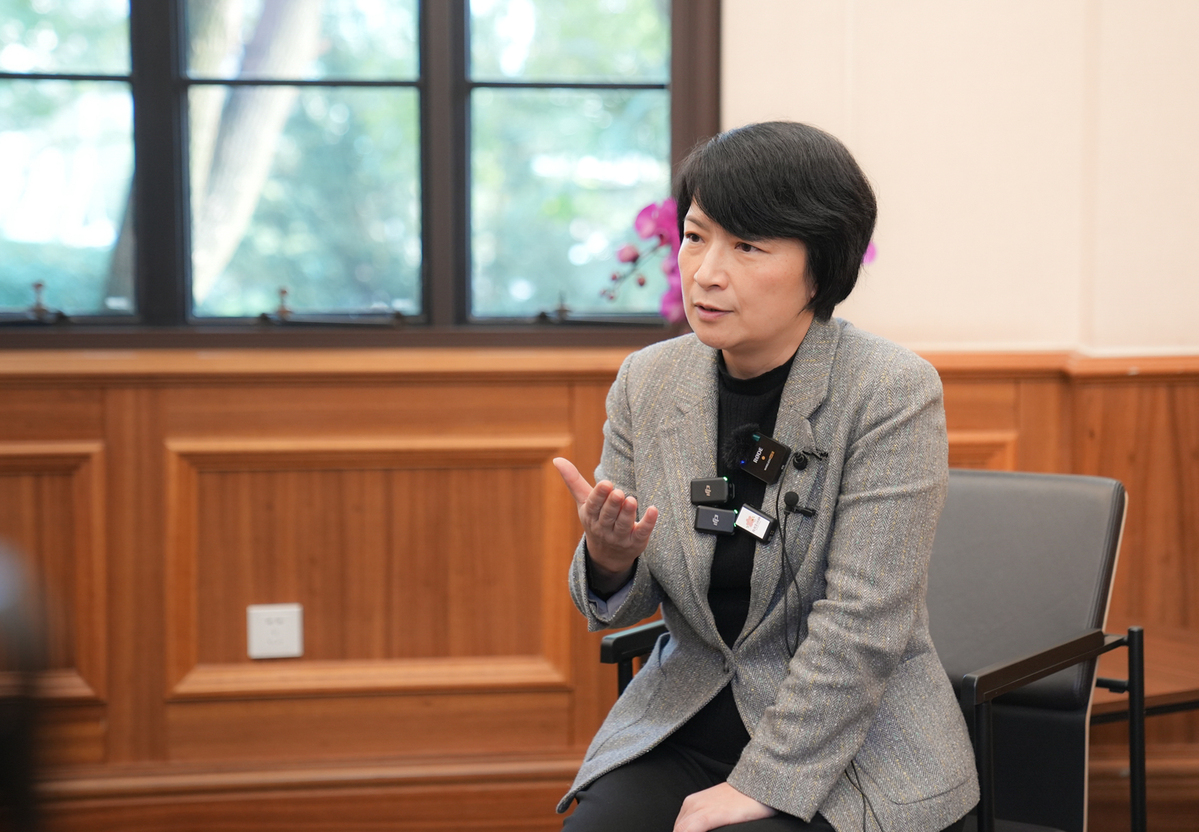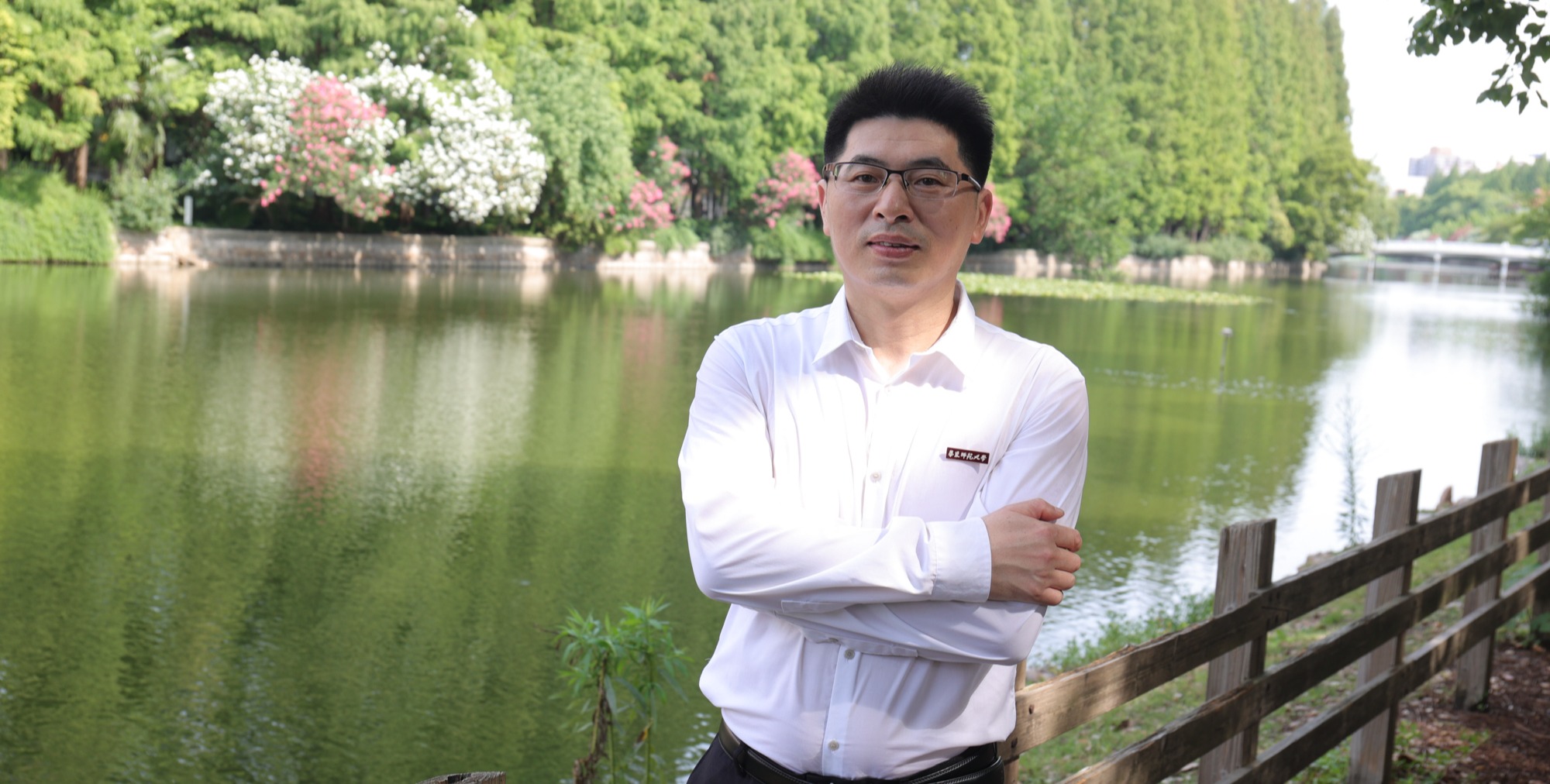# Hot Search #
At present, there are two mainstream hypotheses regarding the forms of life on Earth: the “Three-Domain System” (Bacteria, Archaea, and Eukarya) and the “Two-Domain System” (Bacteria and Archaea-Eukarya). However, while recent discoveries have provided evidences that eukaryotes may have originated from the “Asgardarchaeota” within Archaea, supporting the “Two-Domain” hypothesis, the specific branch of Asgardarchaeota from which eukaryotes emerged has remained a subject of debate.
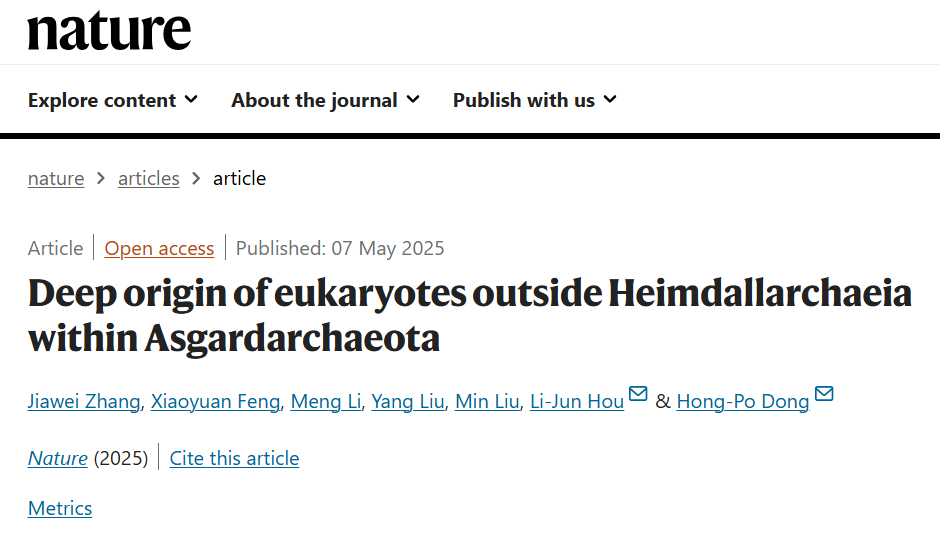
https://www.nature.com/articles/s41586-025-08955-7
On May 7, a research team led by Prof. Dong Hongpo and Prof. Hou Lijun from the State Key Laboratory of Estuarine and Coastal Research at ECNU, in collaboration with a team from Shenzhen University, published their groundbreaking findings in Nature, an internationally prestigious journal. Their study challenges the previous hypothesis that the ancestor of eukaryotes originated from the Heimdallarchaeia of Asgardarchaeota as a sister group to the Hodarchaeales. Instead, this research precisely places eukaryotes as a sister group to the Heimdallarchaeia. This suggests that eukaryotic cells may have emerged around 2.72 billion years ago, predating the Great Oxygenation Event, providing crucial clues for understanding the mechanisms behind eukaryotic cell formation.
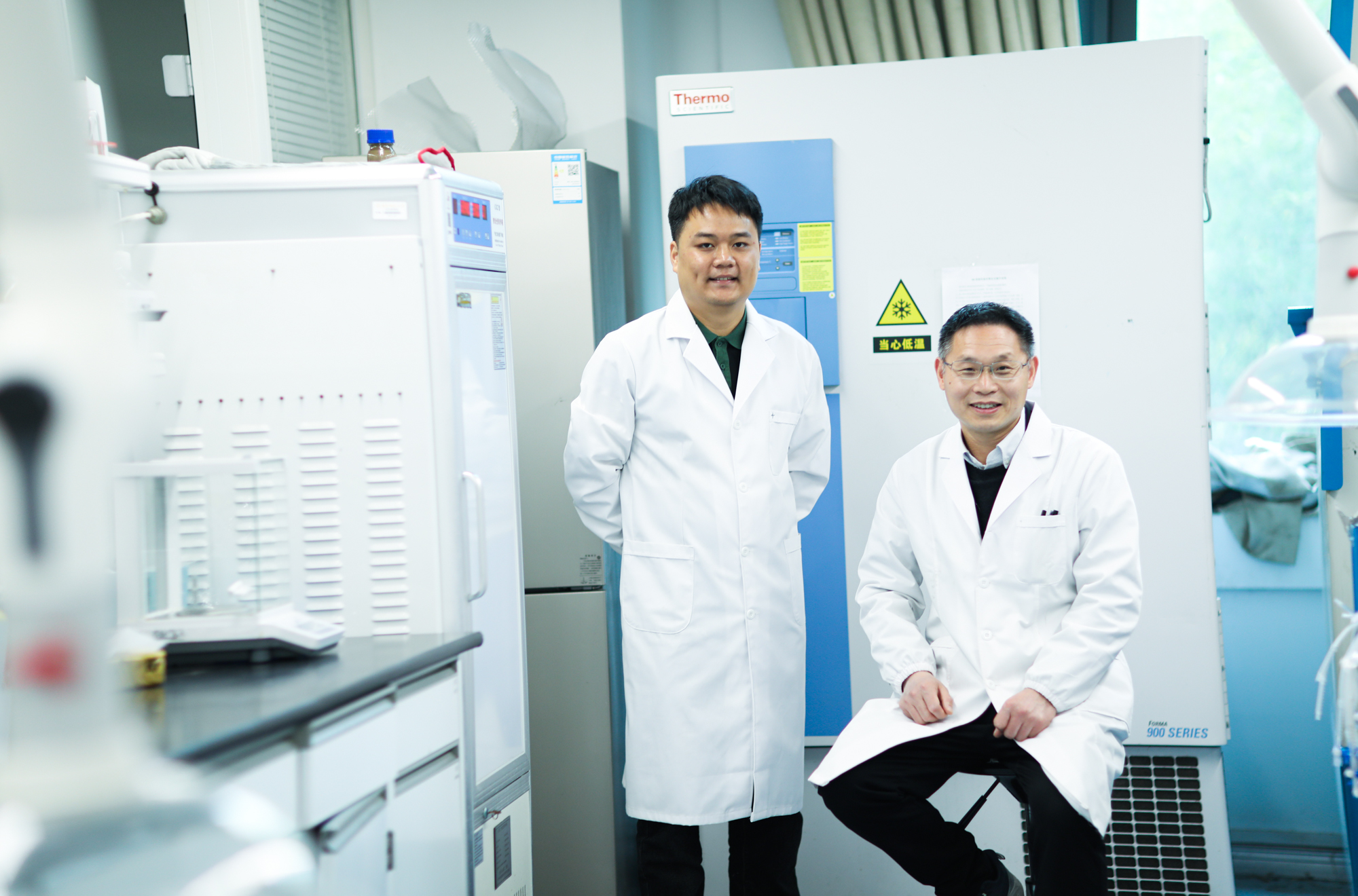
The research team utilized China’s mangrove wetlands and estuarine salt marsh wetlands as a "natural laboratory," spending six years collecting sediment samples. By employing computational biology techniques, they revealed that the ancestor of eukaryotes may have evolved even before the diversification of the Heimdallarchaeia.
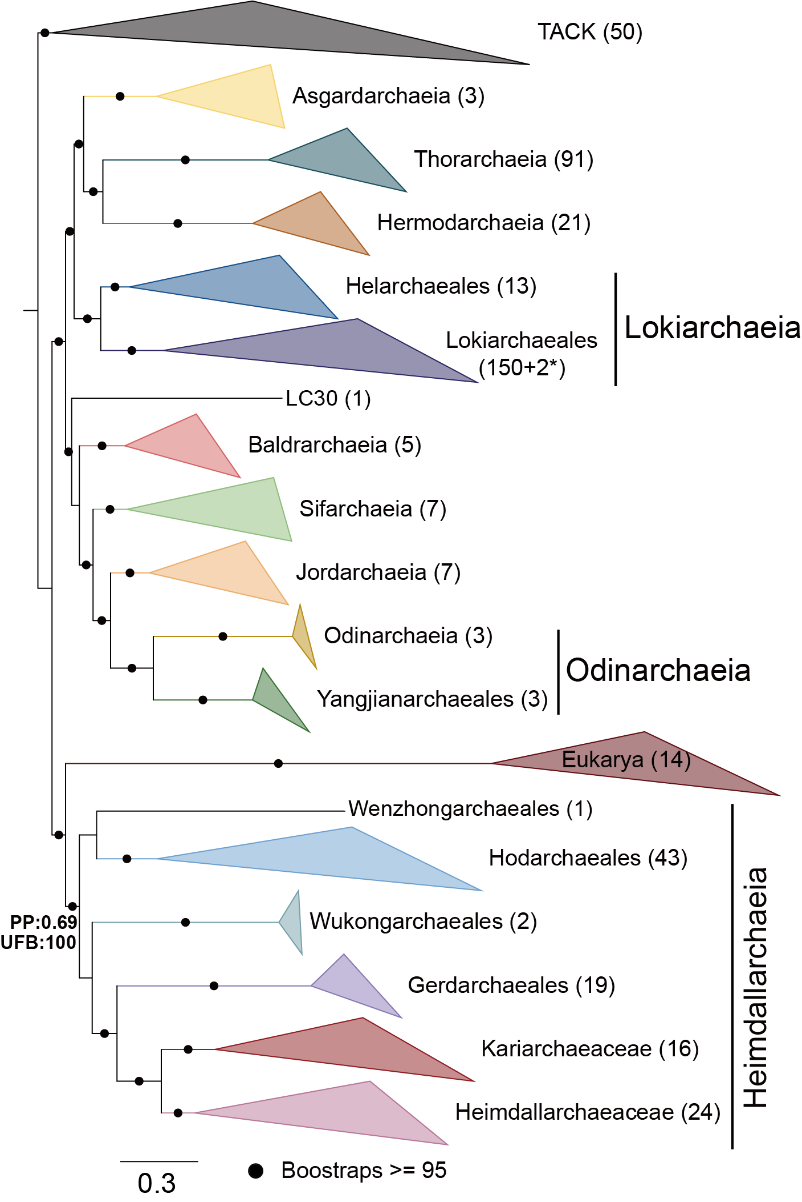
Archaea are typically characterized by their low abundance and uneven distribution in common environments, making the discovery of new archaeal lineages particularly challenging. To address this, the research team conducted extensive metagenomic sequencing on sediment samples collected from China’s mangrove nature reserves and estuarine salt marsh wetlands. Rich in diverse microbial communities, these environments provided an ideal siteg for such studies. Through their efforts, the team successfully assembled numerous novel archaeal genomes, significantly expanding the known diversity of archaea. This research was built upon six years of accumulated genomic data on Asgard archaea, culminating in a comprehensive understanding of these ancient microorganisms.
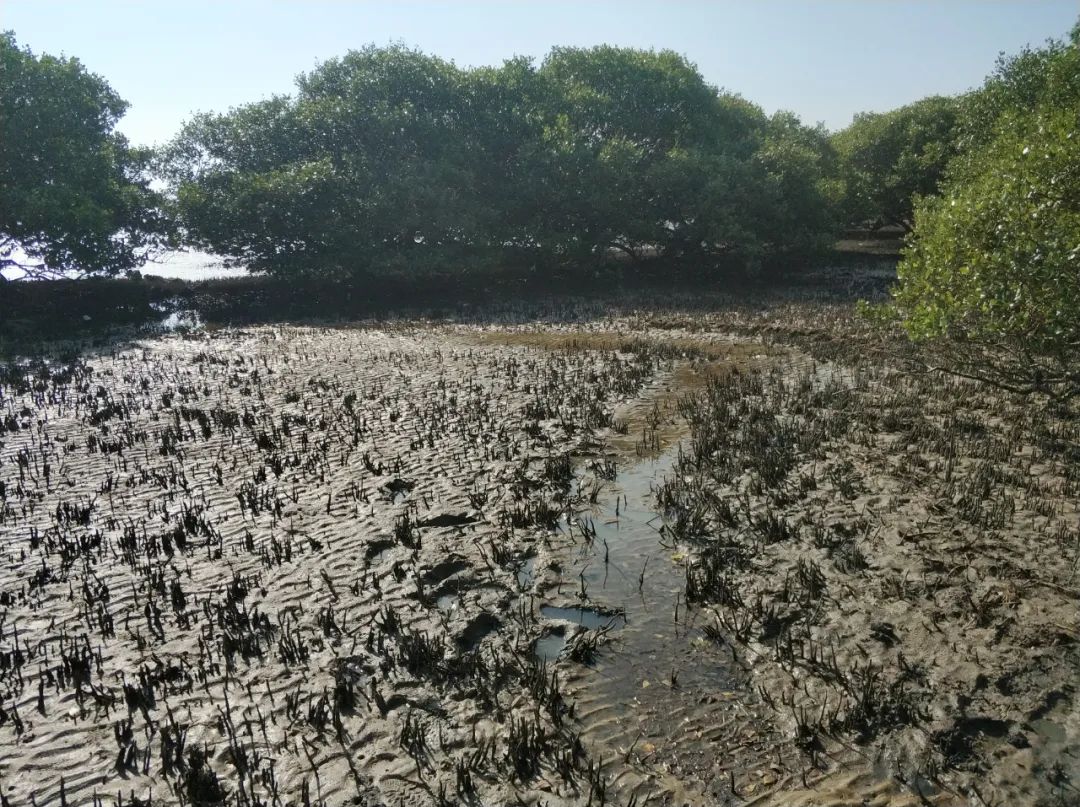
The scientific research team collected sediments in mangrove wetlands in China
To obtain critical samples, the research team undertook challenging expeditions into mangrove forests at night. Navigating through mosquito-infested and muddy terrains, they faced numerous hardships. Team member Zhang Jiawei recalled: “We often lost our way during sampling, ending up covered in mud. But the thought that these seemingly ordinary sediments might hold the secrets to the origin of life made it all worthwhile.”

Dr. Dong Hongpo joined the State Key Laboratory of Estuarine and Coastal Research at ECNU in late 2018, initiating studies on archaeal biodiversity and environmental adaptation mechanisms in coastal wetlands. He emphasized that constructing evolutionary trees would require validation through both Maximum Likelihood (ML) and Bayesian inference methods. The latter demands substantial computational resources. The laboratory’s high-performance computing cluster has been instrumental in accelerating the analyses.
“Understanding the mechanisms behind eukaryotic cell formation holds profound implications for comprehending life’s evolutionary patterns, biodiversity, disease mechanisms, and even the search for extraterrestrial life.” The research team emphasized that they would further explore coastal wetland resources to obtain additional Heimdallarchaeia genomes, then enrich and purify these archaea to conduct in-depth studies on their ecological functions and physiological metabolic characteristics.
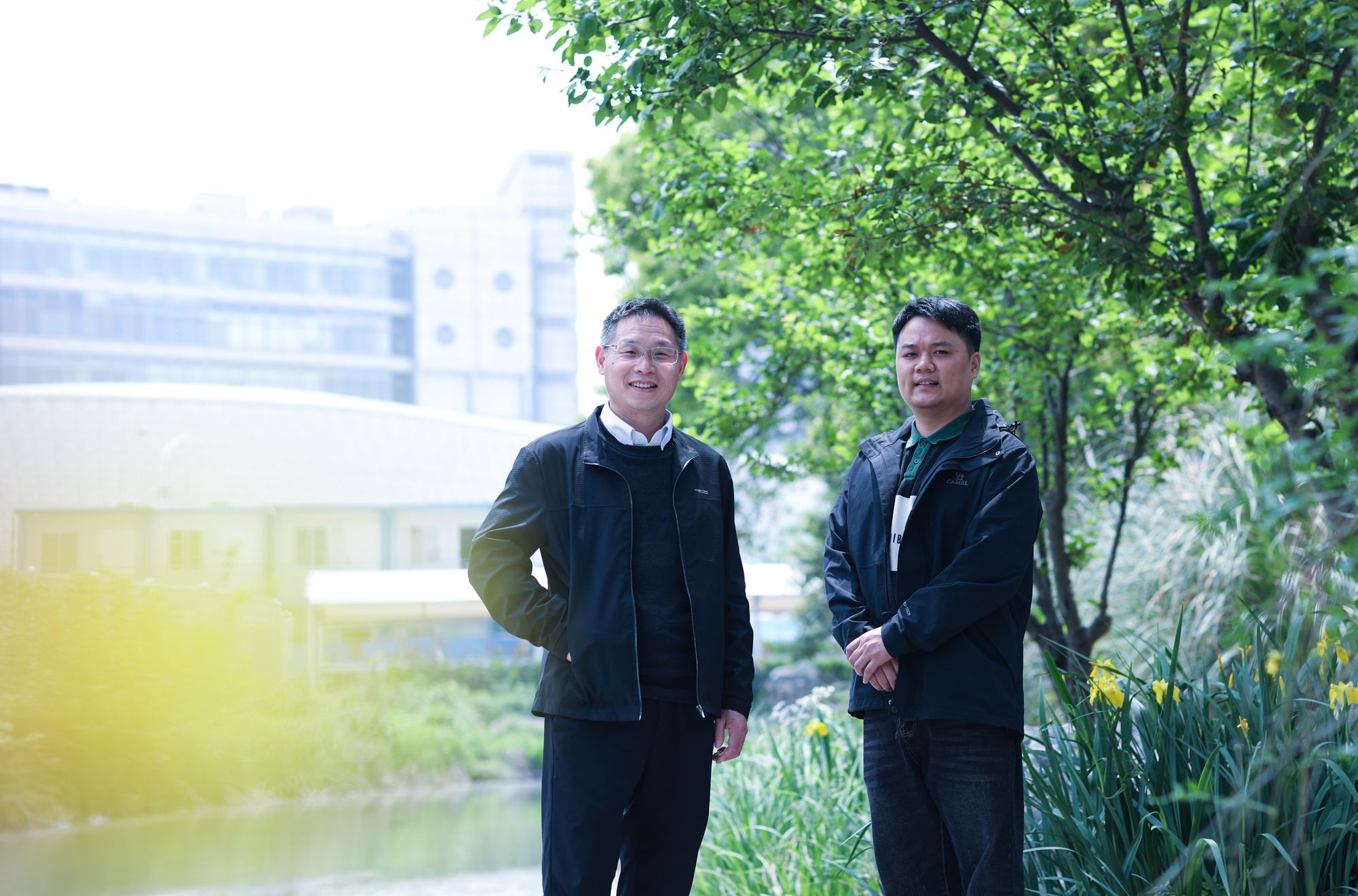
Zhang Jiawei, a 2021 doctoral student majoring in Marine Biology at the State Key Laboratory of Estuarine and Coastal Research at ECNU, served as the sole first author of this paper. His advisor, Prof. Dong Hongpo, was the paper’s first corresponding author, with Prof. Hou Lijun from ECNU as a co-corresponding author. Other co-authors included Prof. Liu Min from ECNU and team members under Prof. Li Meng from Shenzhen University. The State Key Laboratory of Estuarine and Coastal Research at ECNU was the primary affiliation for the study. Moreover, this research received support from key national projects, including China’s National Key R&D Program and the National Natural Science Foundation of China.
Editor: Wicky
Source: State Key Laboratory of Estuarine and Coastal Research



